at arebyte's Digital Art Centre (London), 12th September - 21st December 2025
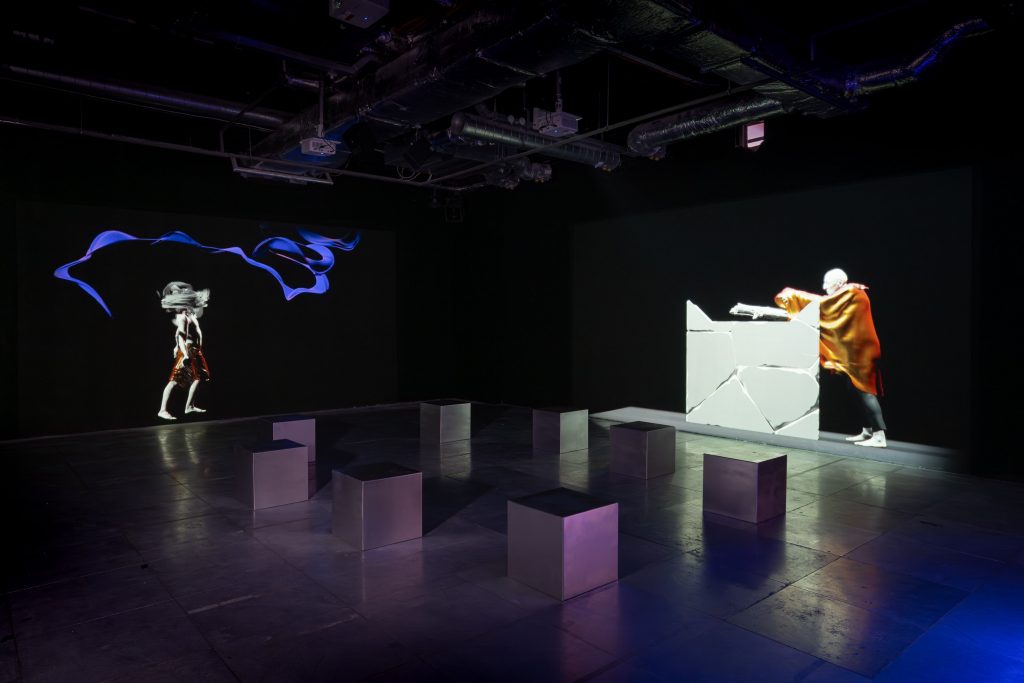
photo credit: Devika Bilimoria
(THIS ROOM IS A SCULPTURE CALLED) PROPHECY is a body of newly commissioned work by pioneering multi-media artist Auriea Harvey. Curated by Pita Arreola, PROPHECY is an allegorical rendering of a spiritual journey, charting a course to reclaim grace and unity amid a landscape of disconnection and collective suffering. At its core lies a deep yearning for empathy amongst fractured societies.
These themes resonate with the concerns of British mystic, artist, and poet William Blake (1757–1827), who more than two hundred years ago created a series of engraved prophetic books that in their own interdisciplinary capacity combined poetry and vivid imagery. Rooted in his exposure to London’s rapid and exploitative urbanisation and his visionary experiences, Blake came to view himself as a prophet, using his art to critique the moral, political, and spiritual conditions of his time.
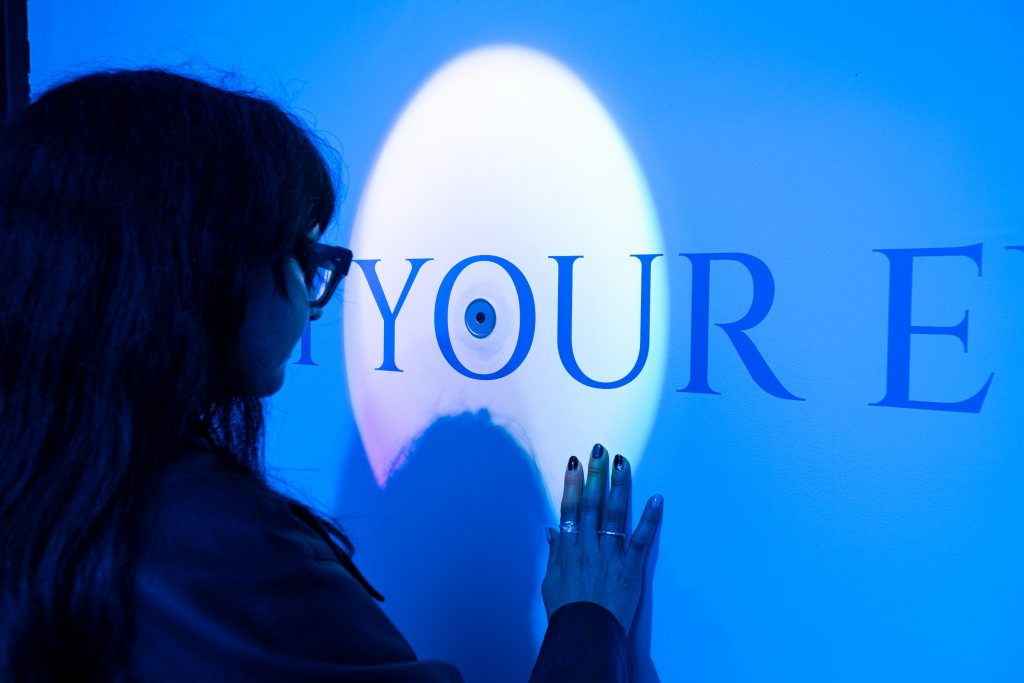
photo credit: Devika Bilimoria
Imbued with the same radical charge, PROPHECY carves its own mystical immersive system through a pollination of figures from Catholic faith with epic tales drawn from Greek mythos. The resulting exhibition is constructed as a mythic technological infrastructure made up of individual and interconnected digital artworks that are suggestive of religious architecture. This spatial arrangement, along with the presence of saintly figures in the galleries, seeks to evoke a moment of introspective reflection in the audience. Through this composition, Harvey presents the virtues and flaws that characterise a society ruled by technological frameworks, and invites us to explore the potential of spirituality and collective human action to emancipate oneself from algorithmic control.
Bringing together motion capture, holograms, AI-generated choreography and 3D printing within an interactive installation spanning three immersive chambers, PROPHECY is a counterstrategy to the pacifying impacts that contemporary technologies that AI and social media have on our perception of reality, calling for a rediscovery of spirituality and the empowerment of collective action. Harvey offers a poetic resistance to digital opacity, proposing that prophecy in the 21st century might not be about prediction, but about feeling, embodiment, and transforming the tools that govern us.
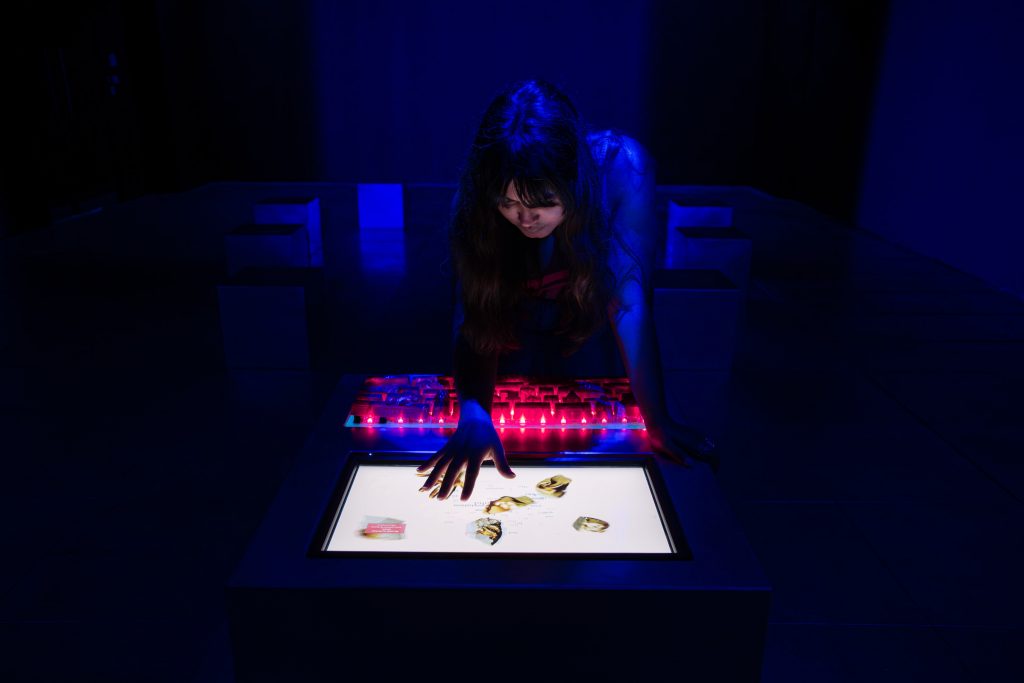
photo credit: Devika Bilimoria
Learn more: https://www.arebyte.com/auriea-harvey
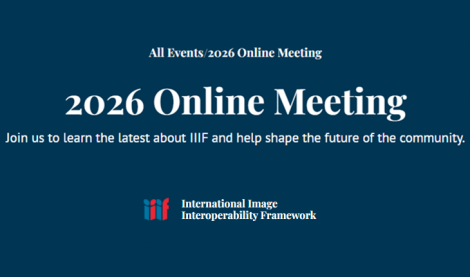


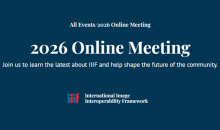
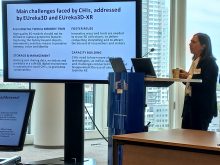
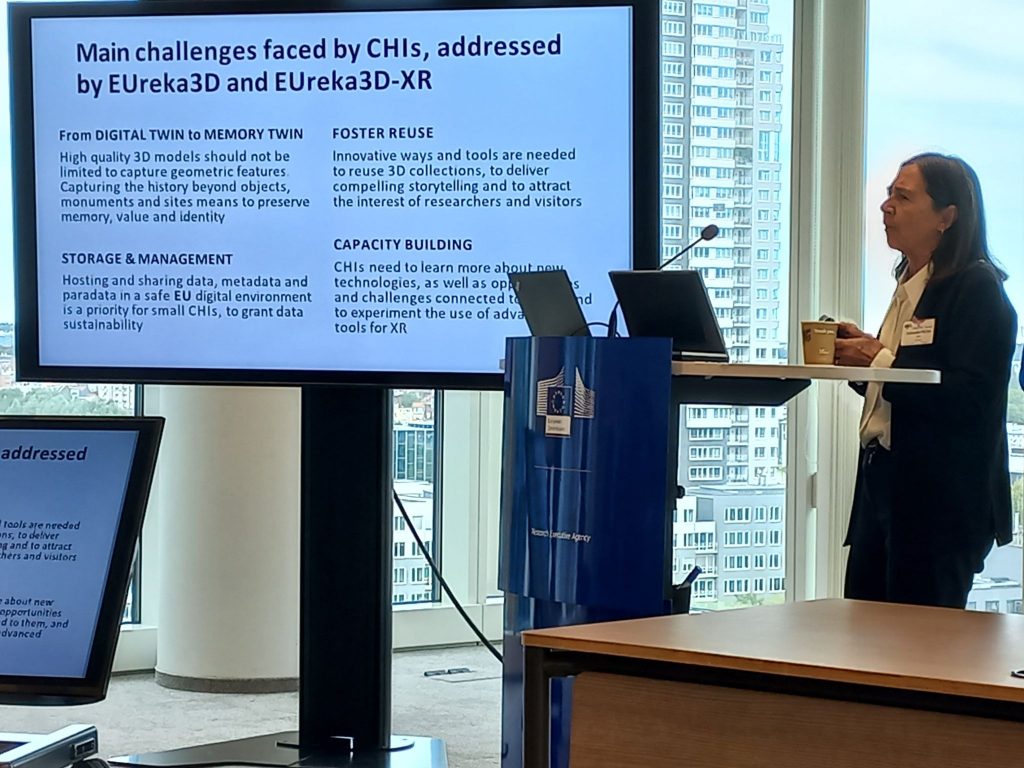






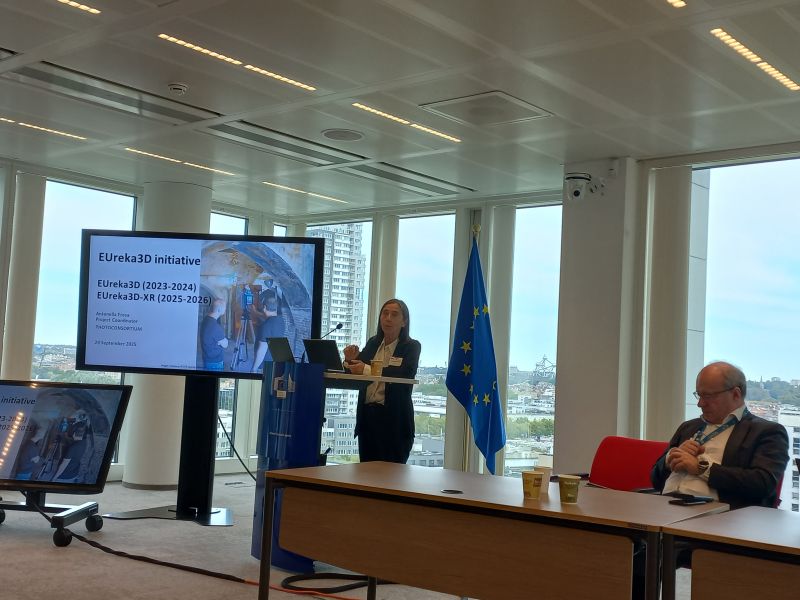
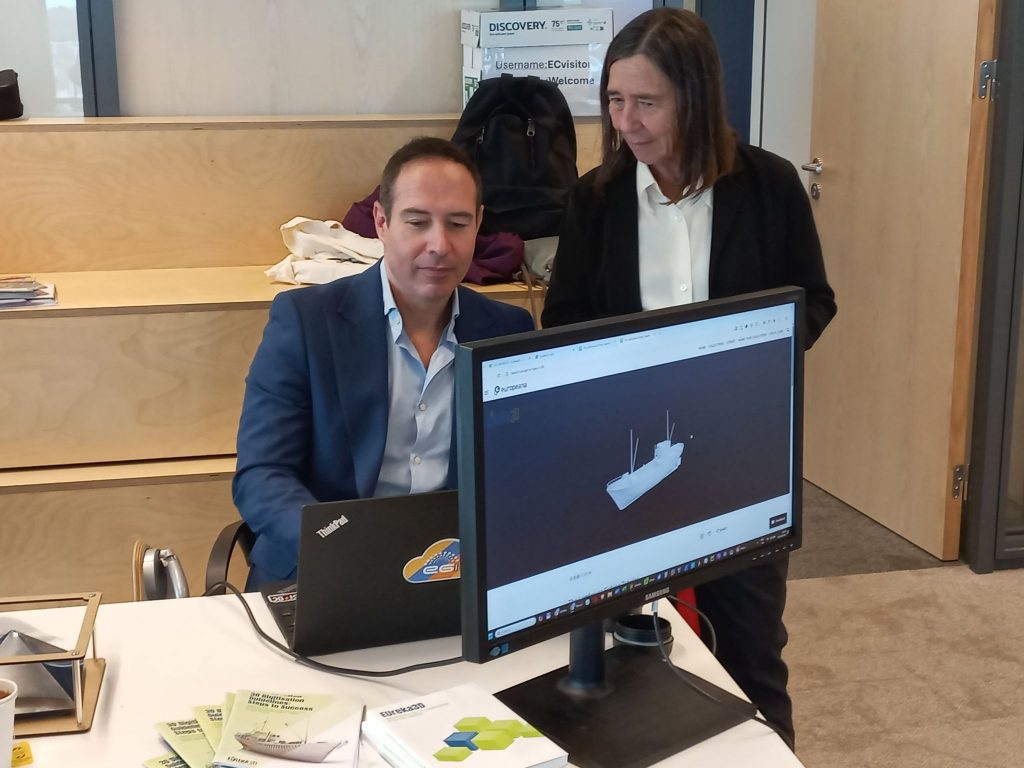
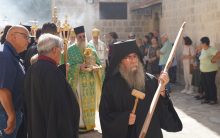


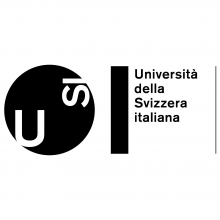
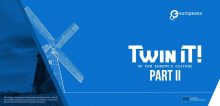
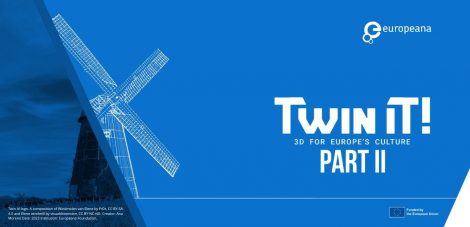
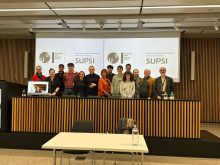
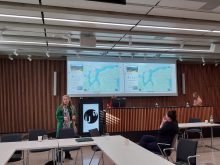
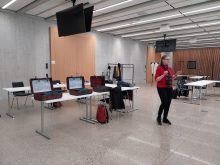
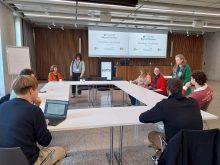
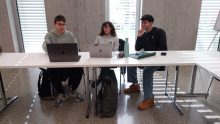
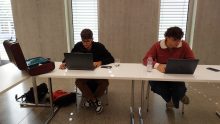
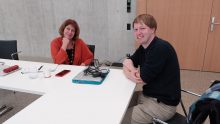
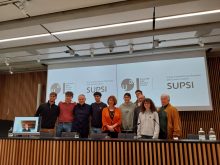
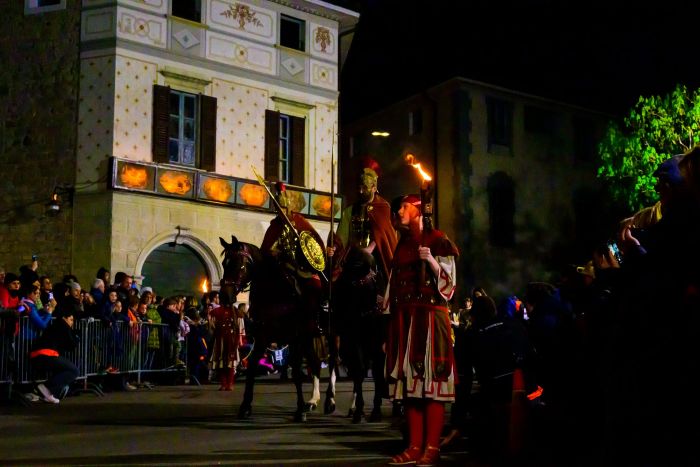
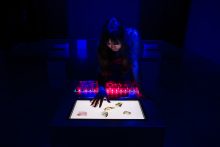



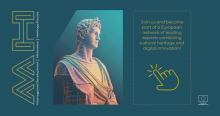
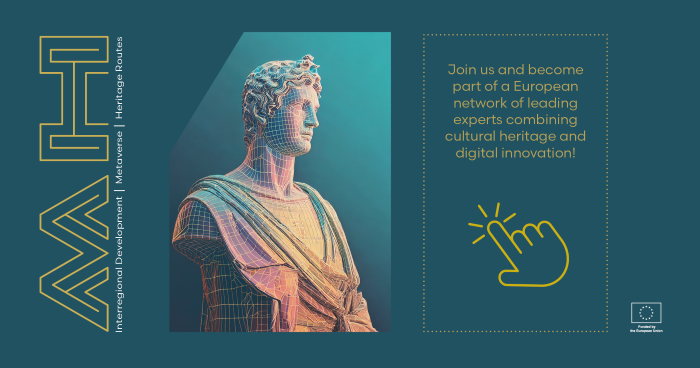
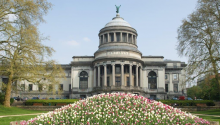
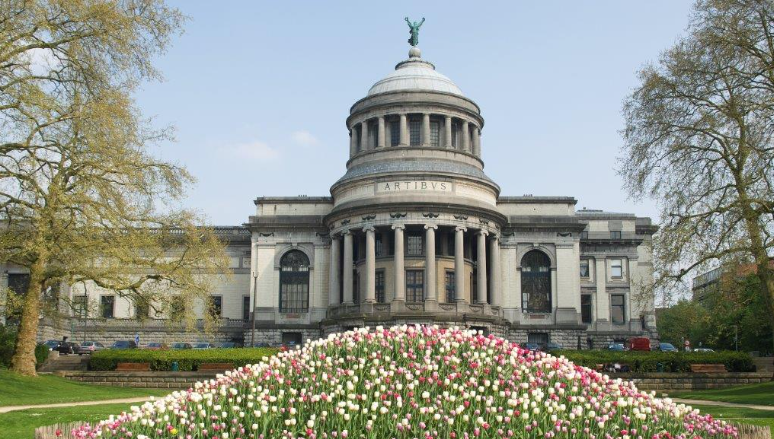
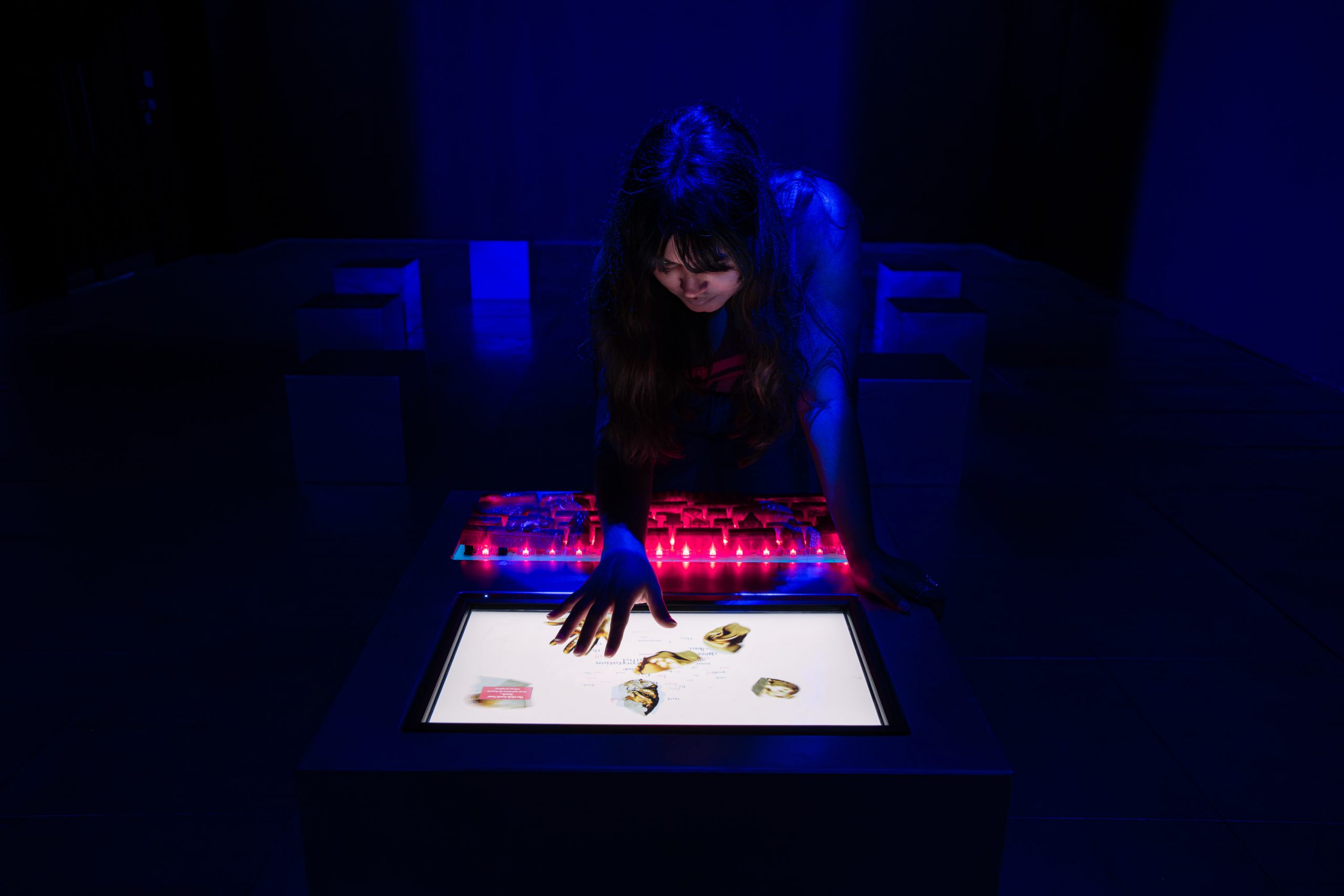
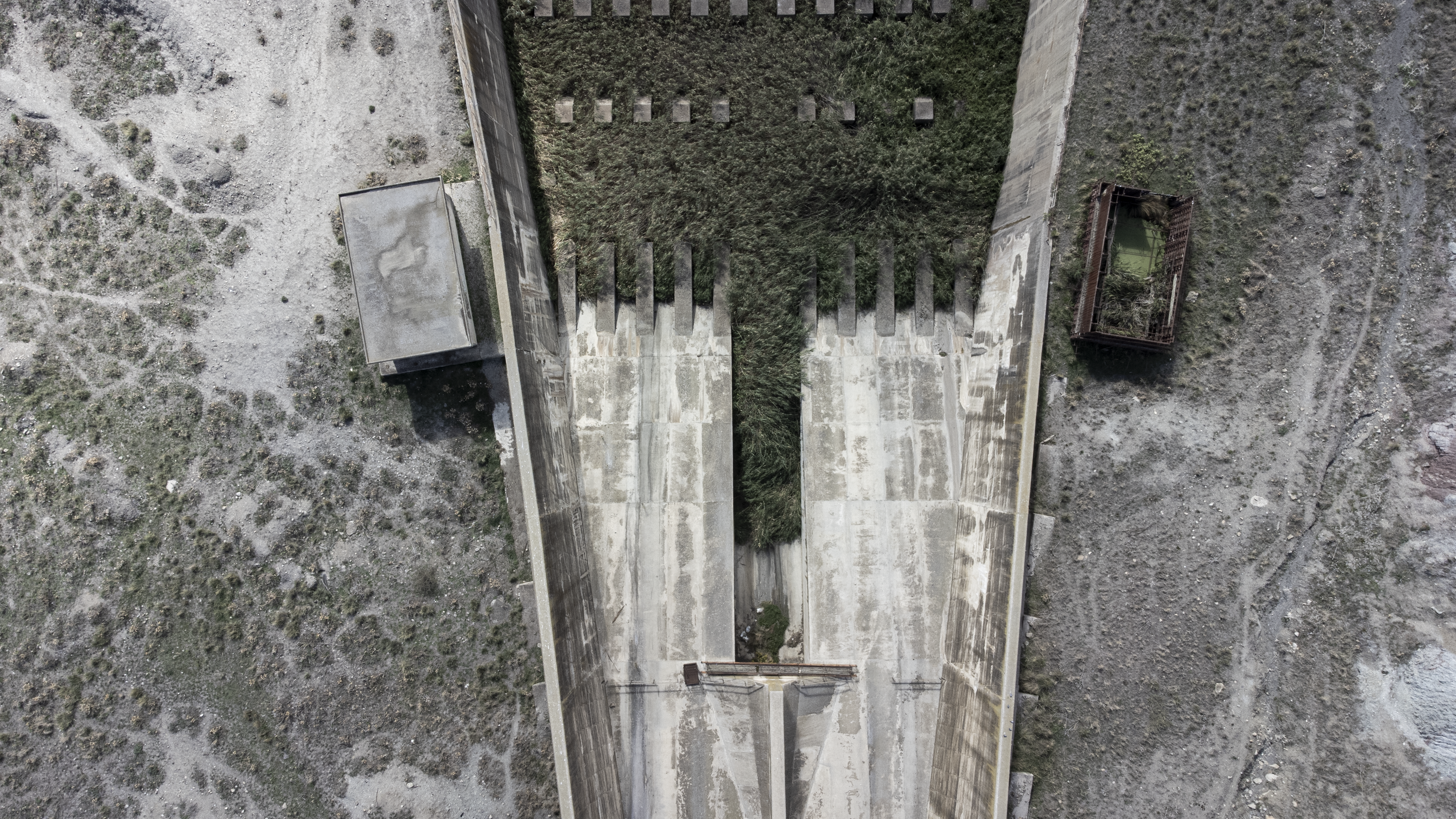
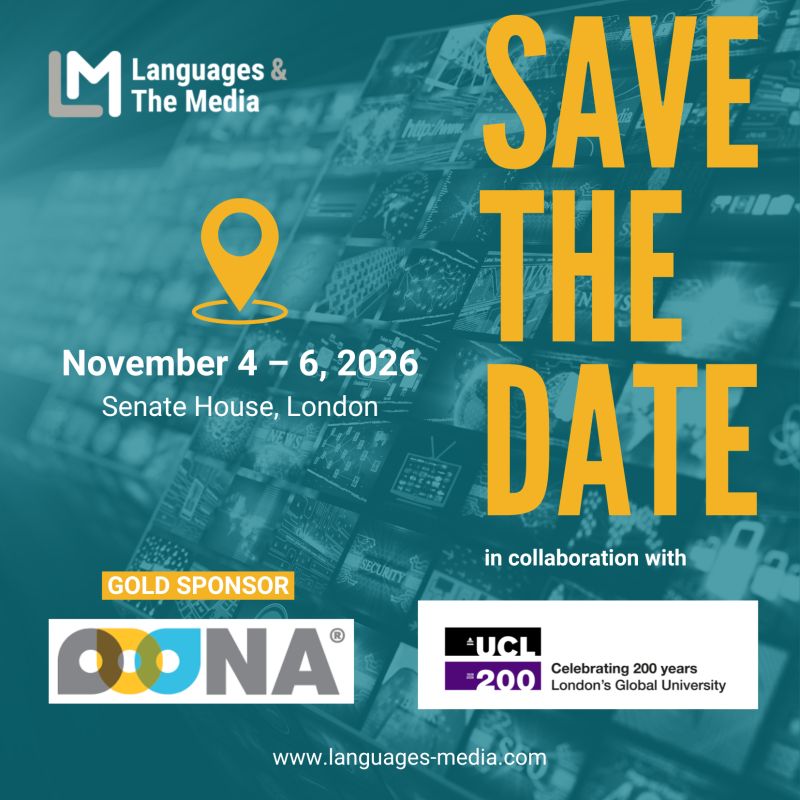
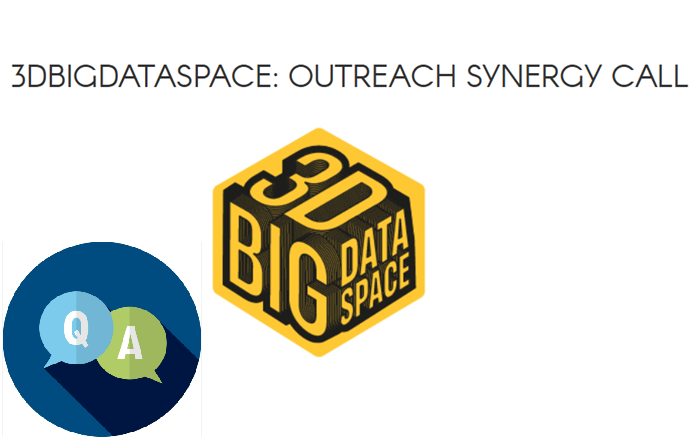
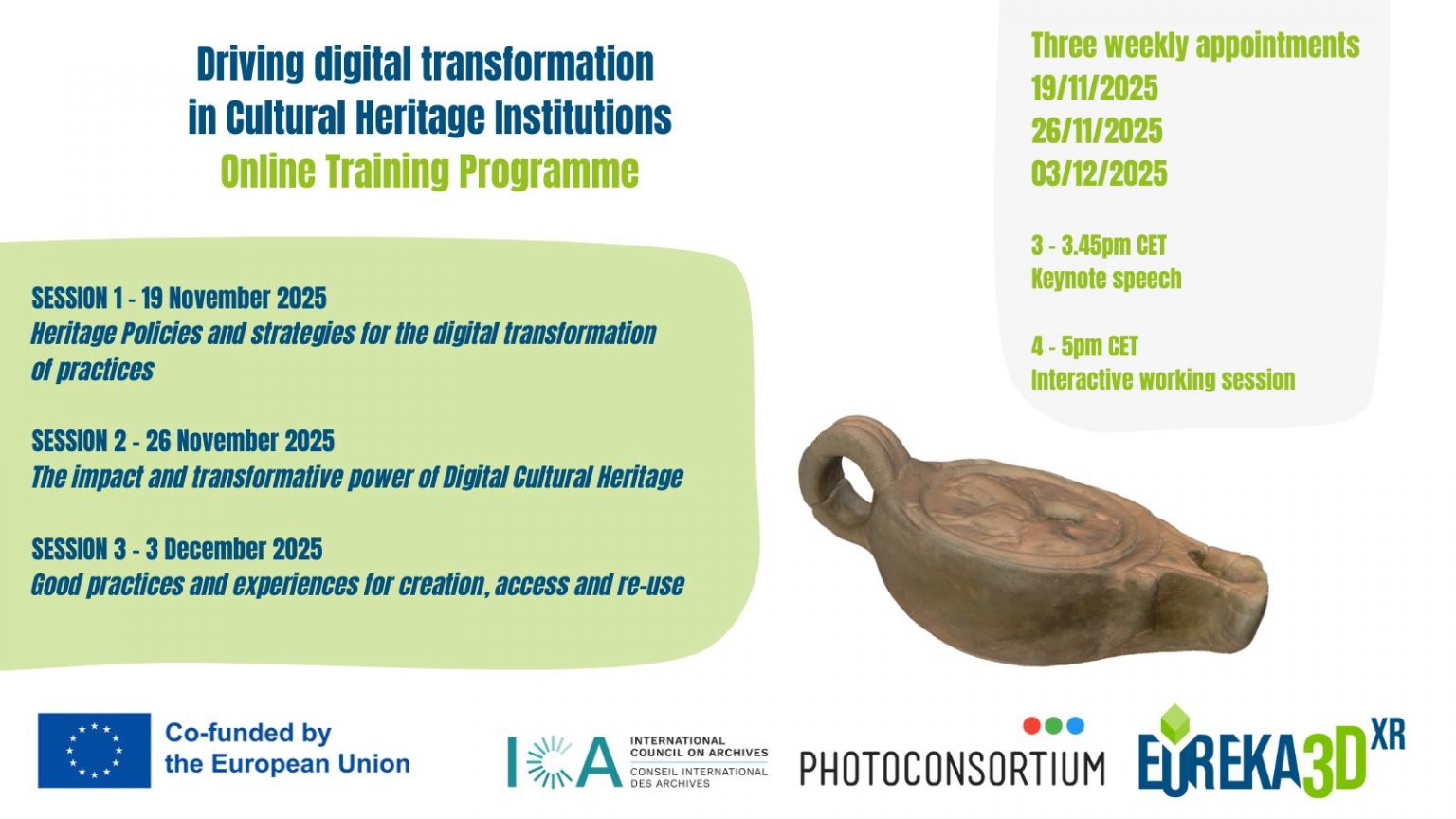
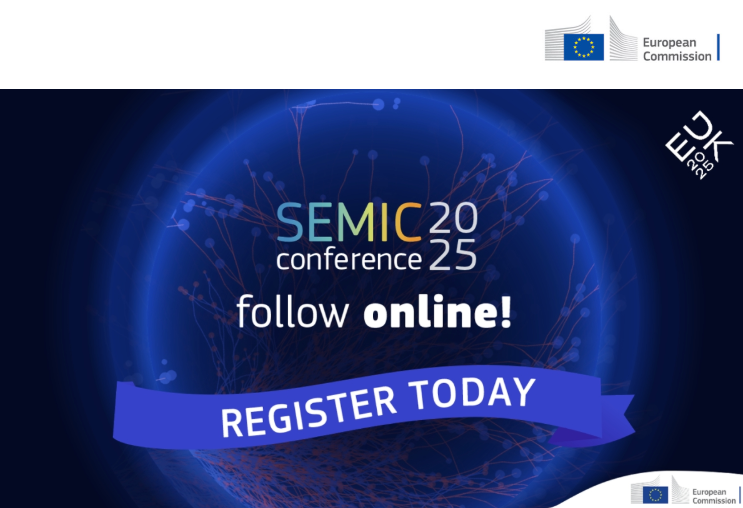
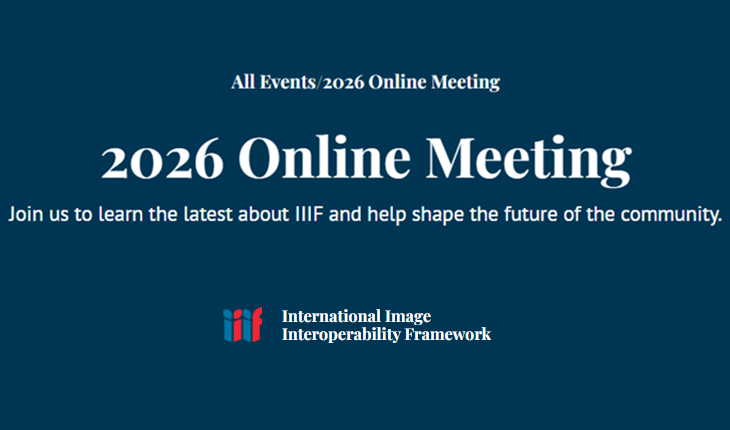
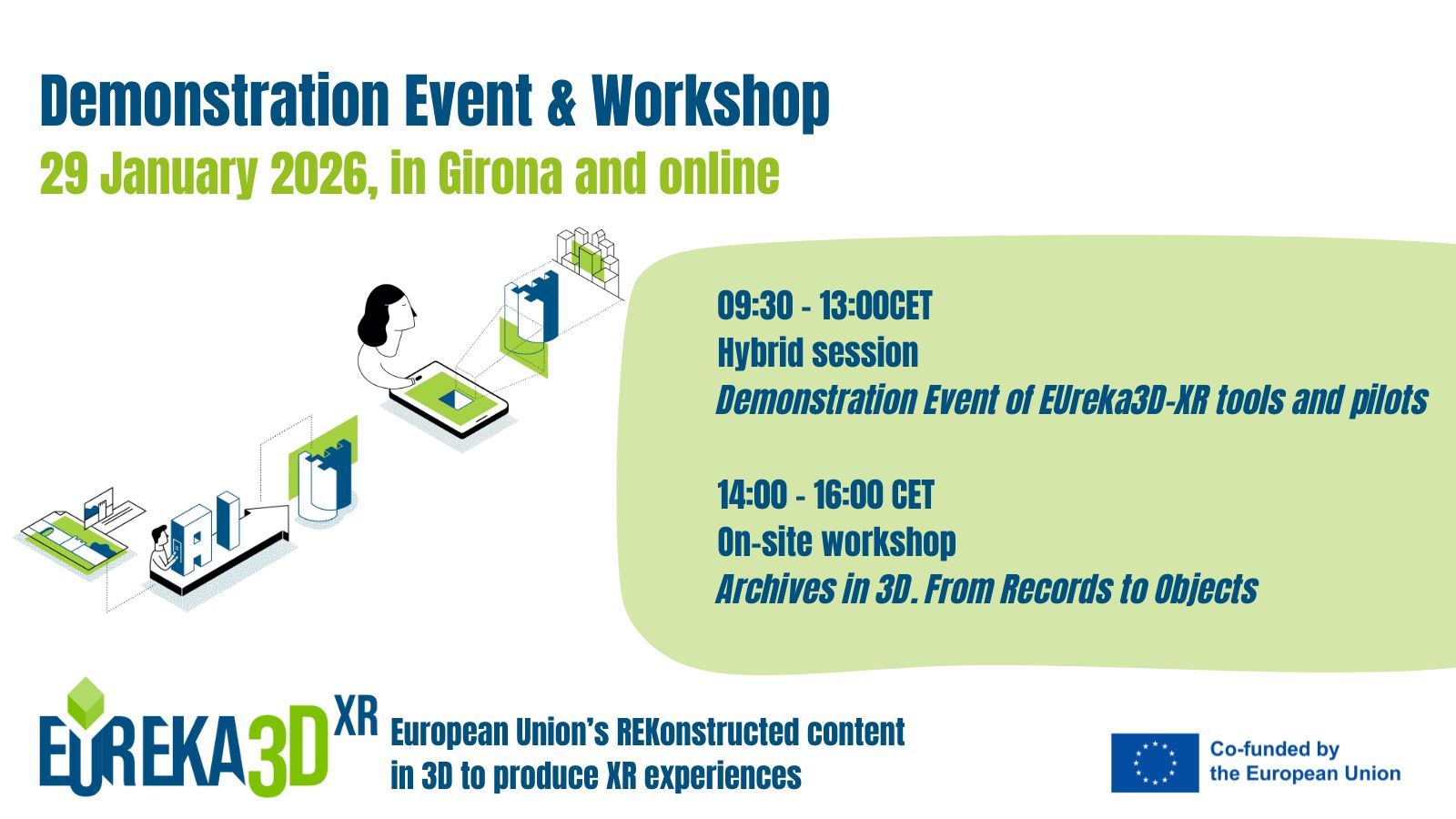

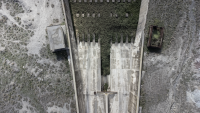


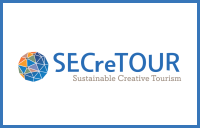
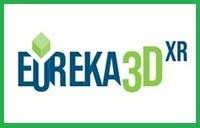
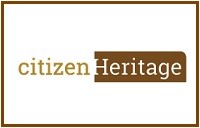
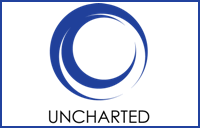
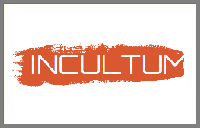
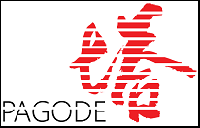
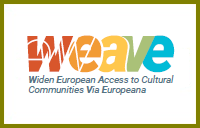
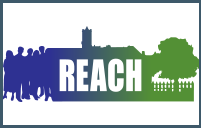
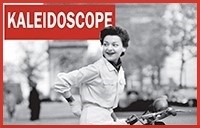
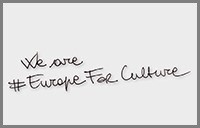
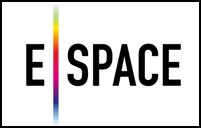
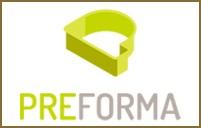
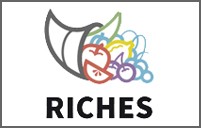
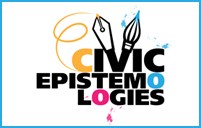

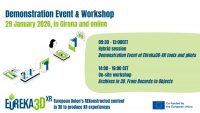

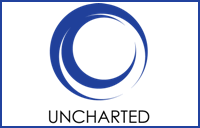
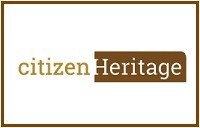
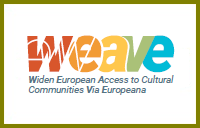

The EUreka3D-XR project seeks to transform digital cultural heritage resources into dynamic digital assets that can support engaging narratives and extended reality (XR) experiences. By doing so, it aims to inspire audiences, deepen connections with shared knowledge, histories, and enhance the valorisation of cultural heritage. In this light, one of the pilots of the project is set in Paphos and led by partner CUT Cyprus University of Technology. The pilot named “The creation of a new life of Saint Neophytos Englystra in Cyprus in the virtual space” is about visiting a monastery in a cave and being able to virtually meet avatars of the monks who lived there, ask them predefined questions and hear their stories, with headset.
The vision of the pilot is to produce a faithful digital representation of the Englystra based on previous and ongoing research to allow the primary stakeholder, the Monastery of Saint Neophytos, to tell the story of the Saint’s life and times through a digital ‘avatar’ of the saint who will appear in 3D and explains his story to the visitor. Two versions of the scenario are envisioned, one a Mixed Reality (MR) version on site and the other a purely virtual experience able to be distributed to schools. Partner MIRALab has already released a first prototype of the avatar, which was recently shown via headset during the capacity building event “Reimagining cultural heritage in 3D and XR” held in Brussels and online on 26/9/2025.
As part of the documentation of the cultural heritage site the pilot is set in, the CUT team in collaboration with the Saint Neophytos Monastery carried out an audiovisual documentation of the liturgy held on the Saint’s feast day. This unique liturgy was recorded for the very first time and its celebrated only twice a year: on 28 September, commemorating the discovery of the saint’s relics in the Englystra, and on 24 January. This recording will form an integral part of the holistic documentation of the monastery, enriching the preservation of its intangible cultural heritage. Selected excerpts will also be incorporated into the XR experience of the Englystra, currently under development within the EUreka3D-XR project.
Read more about the Pilot on project website: www.eureka3d-xr.eu